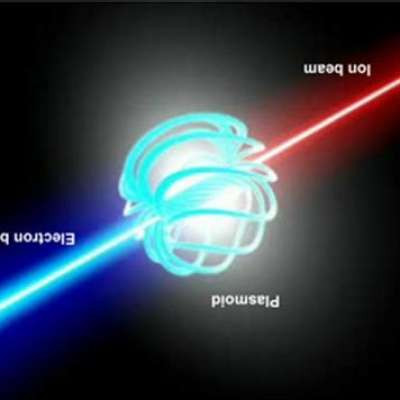Cell Immortalization_ How to Immortalize Cells
Cell Immortalization: How to Immortalize Cells
15,014 views
297
2
Share
Save
Report
Applied Biological Materials - abm
27.3K subscribers
SUBSCRIBE
Published on Mar 2, 2020
Don't let your cells die before the end of your project! In this video, learn how to develop an immortalized cell line from primary cells.
Read our blog post for more information on cell line immortalization:
➜ https://info.abmgood.com/cell-immorta...
Timestamps for topics covered in this video:
[0:29] What are immortalized cells?
[1:19] How do you generate immortalized cells?
[3:47] Cell line quality control considerations
You’re probably used to using cells that are taken directly from living tissue, called primary cells. The difficulty with primary cells is that their telomeres shorten after every cell division, causing the cells to enter senescence and stop dividing after only a few cell cycles. This means that if you are working on a long term project, you’ll frequently need to keep harvesting and re-establishing new batches of primary cells. In addition, every batch of cells is different due to different harvesting conditions, making reproducibility a headache!
Immortalized cells (also called continuous cells or cell lines) are primary cells whose telomeres and/or tumour suppressor genes have been altered. Tumour suppressor genes (e.g. p53 and Rb) are important for signalling the cell to stop dividing when the likelihood of DNA damage is higher (i.e. after multiple cell cycles). In the case of immortalized cells, these genes have been knocked down or their function inhibited so that the cell is able to keep dividing indefinitely.
In this video, we will cover two major cell immortalization strategies: (1) Telomerase Reverse Transcriptase protein (TERT) expression, and (2) viral oncogenes. We will also introduce you to two immortalization methods (lentiviral transduction and plasmid transfection).
0



 TheQuartering
TheQuartering

 RT
RT



 420Jon69
420Jon69

 Life_N_Times_of_Shane_T_Hanson
Life_N_Times_of_Shane_T_Hanson
 ReplicantPhish
ReplicantPhish

 The Alex Jones Show
The Alex Jones Show
 KEEPER
KEEPER
 Timcast IRL
Timcast IRL
 X22 Report
X22 Report
 Ozmosis
Ozmosis

 Starblazer
Starblazer

 Tim Pool
Tim Pool


Log in to comment